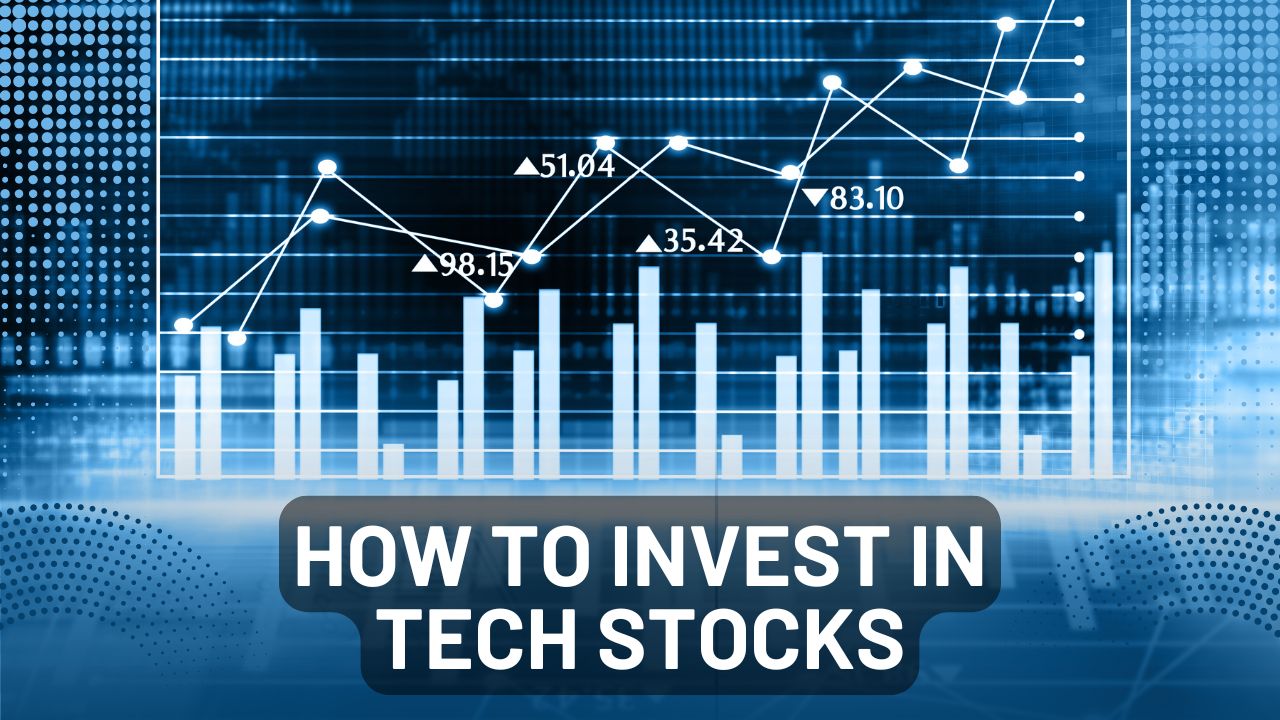Technology is woven into our daily lives, influencing nearly every aspect of modern living. The impact of technology on modern living is undeniable, as we interact with various advancements, from morning alarms to late-night social media scrolls. As we move through 2024, it’s essential to pause and reflect on how these technological advancements affect our lives, both positively and negatively.
Communication: The Double-Edged Sword
The Convenience of Instant Communication
Reflecting on the past, it is remarkable to consider a time when direct conversation was the primary means of communication. Today, connecting with friends is as simple as tapping a screen. Social media has revolutionized how we communicate, streamlining interactions and enhancing accessibility. We can effortlessly share life updates, humorous memes, or entertaining cat videos within seconds.
The Downsides of Digital Communication
However, this increased speed comes with its own challenges. Miscommunication can easily arise in our digital interactions. For instance, have you ever sent a message that was misunderstood? Or had a friend interpret your “LOL” as a genuine expression of laughter? Such instances illustrate how technology can sometimes obscure the nuances of human communication. It is essential to be conscious of how we express our emotions online.
As 5G technology continues to expand globally, connectivity will reach new heights. Expect faster downloads, clearer video calls, and virtually instantaneous response times. This enhanced connectivity allows us to engage with anyone, anywhere, at any time. Ultimately, it has the potential to bring us closer together, much like sharing a warm cup of coffee during a meaningful conversation.
Smart Homes: Comfort Meets Convenience
The Rise of Smart Homes
Imagine walking into your house, and the lights turn on automatically. The thermostat adjusts to your preferred temperature. Your favorite playlist starts playing in the background. That’s not a scene from a sci-fi movie; it’s the reality of smart homes. These devices offer unmatched convenience, making our lives easier.
Security Concerns in the Age of Smart Homes
However, it is essential to remain cautious. Alongside the convenience that smart devices offer, there exists a significant risk. These devices can be susceptible to hacking, potentially exposing our personal information. Therefore, it is imperative to stay informed about security measures. Consider it akin to locking your doors and windows before leaving your home. Safeguarding our digital lives is just as critical as securing our physical environments.
Health Tech: A Blessing or a Curse?
The Role of Telemedicine
Healthcare is another area where we see the impact of technology on modern living. Telemedicine has changed the game. You can consult a doctor without leaving your couch. It’s like having a medical professional in your pocket. But this convenience isn’t without its downsides.
Self-Diagnosis Pitfalls
Ever tried diagnosing yourself based on a Google search? It’s a rabbit hole that can lead to unnecessary panic. While technology aids in healthcare, it can’t replace the human touch. There’s something to be said for sitting in a doctor’s office and receiving personalized care.
Wearable Technology: The Double-Edged Sword
Wearable devices, like smartwatches, are another double-edged sword. They track our health metrics—heart rate, steps taken, and sleep patterns. These insights can motivate us to live healthier lives. However, they can also lead to obsession. Watching every heartbeat can turn our health into a numbers game. Finding a balance is key.
Education: Learning at Your Fingertips
The Transformation of Education
Technology has transformed how we learn. Online courses and e-learning platforms make education accessible to anyone with an internet connection. It’s like having a library at your fingertips, minus the late fees.
The Importance of Credible Sources
But here’s the kicker: not all learning is created equal. With so many resources available, it’s easy to get lost in a sea of information. Some platforms lack credibility, which can lead to misinformation. A good way to navigate this is by focusing on accredited sources. Look for platforms that offer recognized certifications.
Work: The New Norm
The Flexibility of Remote Work
Remote work has become a staple for many. Technology has made it possible to work from anywhere. You could be sipping coffee in a café while attending a meeting—how cool is that? This flexibility can boost productivity and improve work-life balance.
The Challenges of Work-Life Balance
However, it’s not all sunshine and rainbows. The line between work and personal life can blur. Ever found yourself checking emails at 10 PM? That’s the dark side of remote work. Setting boundaries is essential. Treat your home office like a real office. When the clock strikes five, shut the laptop and step away.
Tools and Fatigue in Remote Work
Moreover, tools like Zoom and Slack have become essential. They facilitate communication but can also lead to fatigue. If you’ve experienced “Zoom fatigue,” you’re not alone. We need to find ways to manage screen time and ensure our mental well-being.
Social Issues: Bridging the Digital Divide
The Importance of Digital Inclusivity
Despite the advancements, there’s still a significant digital divide. Not everyone has access to technology, which creates inequalities. Imagine trying to learn or work without a reliable internet connection. It’s like trying to catch fish with a bucket full of holes.
Solutions for Bridging the Gap
Bridging this divide is crucial for progress. Initiatives to provide affordable internet access and technology training can empower marginalized communities. Ensuring everyone has the tools to succeed is not just a responsibility; it’s an opportunity to uplift society.
Related Post: The Future of Blockchain Technology: What’s Next in 2024?
The Balance of Technology in Our Lives
Finding Harmony with Technology
The impact of technology on modern living can enrich our lives, but it can also overwhelm us. Finding balance is the key. Think of technology as a double-edged sword—use it wisely, and it can enhance your life. Misuse it, and it can cause chaos.
Mindfulness and Digital Detox
Practicing mindfulness can be highly beneficial. It is advisable to take breaks from screens and immerse oneself in nature. Engaging in conversations free from distractions can enhance mental well-being and foster stronger relationships.
Looking Ahead: The Future of Technology
Sustainable Technology
So, what does the future hold? Sustainable technology is on the rise. Innovations in renewable energy and eco-friendly products will pave the way for a greener planet. Electric cars are gaining popularity, reducing our carbon footprint one ride at a time.
Ethical Considerations in Tech Development
As we embrace these changes, we must remain vigilant. Ethical considerations should guide technological development. Protecting user privacy and promoting inclusivity should be at the forefront.
The Future of Work and AI
The future of work will continue to evolve, with automation and AI reshaping industries. Some jobs may disappear, but new ones will emerge. Adapting to these changes will be vital. Continuous learning and reskilling will keep us relevant in a fast-paced job market.
Conclusion: Embracing the Change
The influence of technology on contemporary living is significant. It possesses the ability to connect individuals, enrich experiences, and streamline everyday tasks. However, it also introduces challenges that require careful navigation.
As we progress through 2024, it is essential to embrace technology with enthusiasm while maintaining a critical perspective. By striving for balance and emphasizing ethical considerations, we can fully leverage the advantages that technology offers.
Ultimately, the goal is to utilize technology to enhance our lives rather than allowing it to dictate our actions. Therefore, let us approach the future with confidence, equipped with the knowledge and awareness necessary to maximize our engagement with the technological landscape. After all, technology is a tool, and its effective use rests in our hands.









